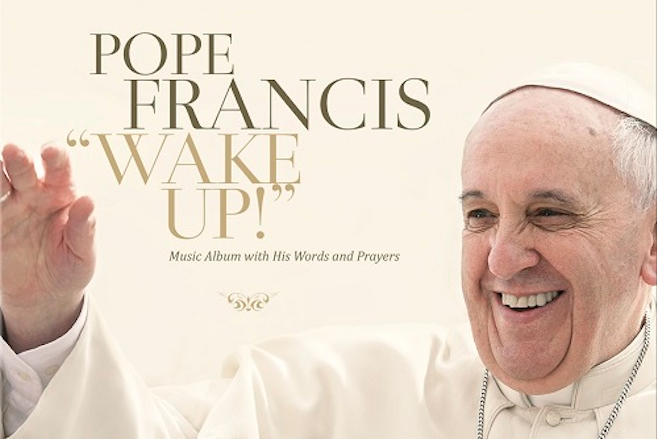The relationship between literary writers and the film industry has given us many a story of major creative tension or downward mobility. Most famously, we have Fitzgerald—who gravitated to Hollywood like most writers did, including the more successful Faulkner—for money. When we look at the career of one of Latin America’s most celebrated writers, however, we find a very different dynamic. Although Gabriel García Márquez did not have what we might consider a successful career in the movies, his interest in cinema—as a screenwriter, critic, and even as an actor—stemmed from a genuine, lifelong love of the medium, which he considered equal to or surpassing literature as a form of storytelling.
“I thought of myself as a writer of literature,” says Márquez at the beginning of the documentary Marquez: Tales Beyond Solitude, “but it was my conviction that the cinema, the image, had more possibilities of expression than literature.” And yet, he goes on…
Films and television have industrial, technical and mechanical limitations that literature doesn’t have. That’s why I said once, in a period of falling out with films, “My relationship with film has always been that of an uneasy marriage. We can’t live together or apart.”
Film eventually needed Márquez more than he needed film. And yet he never disdained more popular entertainments, “producing more than twenty screenplays, some of them for television,” according to Alessandro Rocco’s Gabriel Garcia Marquez and the Cinema. He even relished the chance to write soap operas. In 1987, he told an interviewer, “I’ve always wanted to write soap operas. They’re wonderful. They reach far more people than books do…. The problem is that we’re condition [sic] to think that a soap opera is necessarily in bad taste, and I don’t believe this to be so.” Márquez felt that the “only difference between La bella palomera” [a TV film based on his Love in the Time of Cholera] and “a bad soap opera is that the former is well written.” Though his pronouncements on the creative potential of television may seem prescient today, they did not seem so at the time.
In 1989, Márquez got his chance to write for television soap operas, with a script, The Telegraph tells us, “about an English governess in Venezuela called I Rent Myself Out to Dream.” In the clip above from Tales Beyond Solitude, Márquez gives us his democratic philosophy of the arts: “To me music, literature, film, soap operas are different genres with one common end: to reach people…. In one single night, one episode of a TV soap can reach, in Colombia alone, 10 to 15 million people.” He contrasts this with his book sales and concludes, “it’s only natural that someone who wants to reach people is attracted to TV soap like to a magnetic pole. He cannot resist it.”
Márquez also served as the president of the International Film and Television School, in which position, he said, “I can’t start by being scornful of TV.” And yet the novelist’s regard for soaps was not simply a matter of professionalism. “For me,” he said, “there’s no dividing line between cinema and television, they’re just images in motion.” Ultimately, we can see Garcia Márquez’s total faith in the narrative potential of all forms of popular narrative—film, folk tale, the cherished telenovela—as an essential part of his writerly ethos, which has taken him from the daily scrum of the newsroom to the Nobel ceremony stage in Stockholm. “Ultimately all culture,” he says elsewhere in the documentary, “is popular culture.”
Related Content:
Read 10 Short Stories by Gabriel García Márquez Free Online (Plus More Essays & Interviews)
Literary Remains of Gabriel García Márquez Will Rest in Texas
Josh Jones is a writer and musician based in Durham, NC. Follow him at @jdmagness




